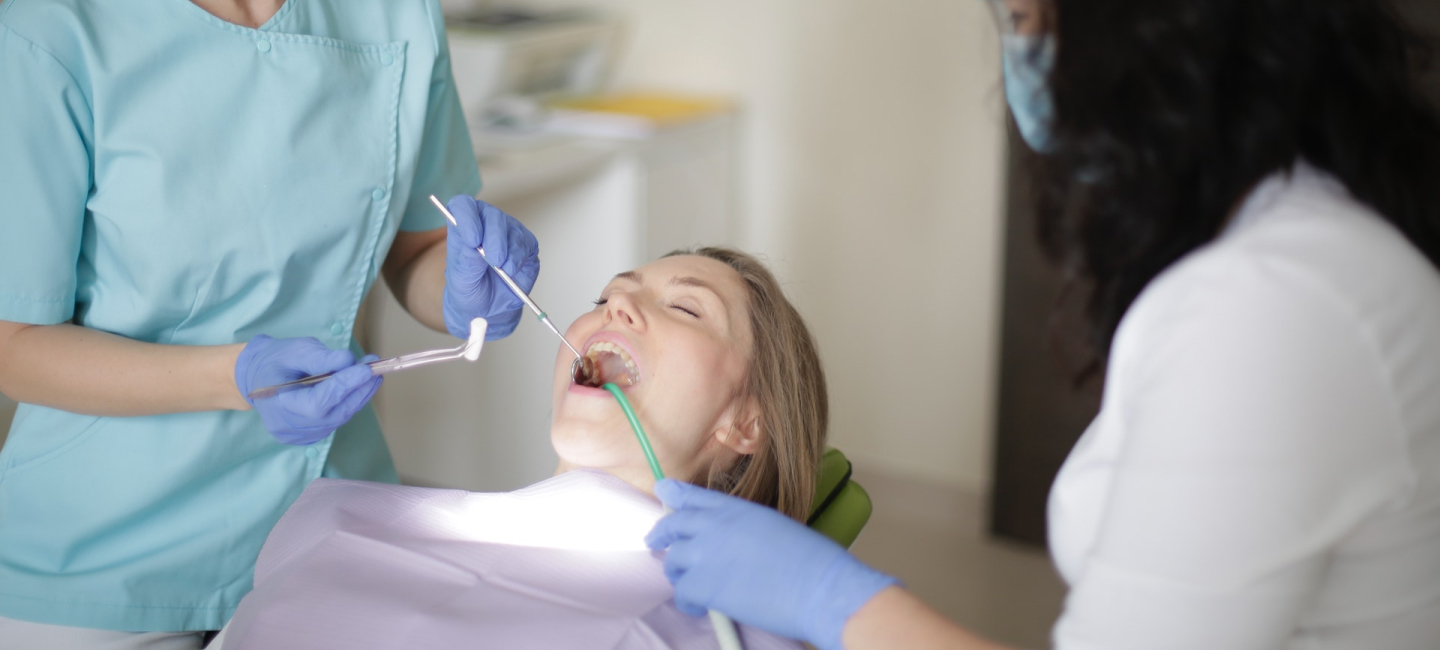About Gum Disease
 Healthy gums are firm, and don’t bleed. They fit snugly around the teeth.
Healthy gums are firm, and don’t bleed. They fit snugly around the teeth.
Gingivitis is a condition where a person has mildly inflamed gums that may appear red or swollen and may bleed during brushing or flossing.
It can be painless, and at the beginning of the inflammation of the gum line you may not know you have a problem. But it can progress to affect the bone that surrounds and supports your teeth. There are three stages of gum disease:
STAGES OF GUM DISEASE
- Gingivitis – the earliest stage of gum disease.
- Periodontitis – the stage where the supporting bone and fibers that hold your teeth in place are irreversibly damaged. Your gums may begin to form a pocket below the gum line, which traps food and plaque. You should seek proper dental treatment and improve your home care to help prevent further damage.
- Advanced periodontitis – This is the final stage of gum disease, when the fibers and bone supporting your teeth are destroyed, which can cause your teeth to shift or loosen. Your bite can be affected and if aggressive treatment can’t save your teeth, they may need to be removed.
HOW DOES GUM DISEASE HAPPEN?
It is an inflammation of the gums that can progress to affect the bone that surrounds and supports your teeth. It is caused by the bacteria in plaque that can build up and then the bacteria will infect not only your gums but eventually the bone that support the teeth and even the teeth themselves. Eventually this damage will cause the teeth to become loose, fall out, or have to be removed by a dentist.
WARNING SIGNS OF GUM DISEASE
Gum disease commonly occurs among adults over age 25. However, it can start at any age. It can be reversed and detected early, if you see your dentist. These are some of the symptoms:
- Gums that bleed during brushing or flossing
- Gums that are red, puffy, swollen or tender
- Gums that have separated, or pulled away from your teeth creating a pocket
- Teeth that look longer because your gums have receded
- Changes in the way your teeth fit together while biting
- Persistent bad breath or bad taste in mouth
- Visible pus surrounding the teeth and gums
PREVENTING GUM DISEASE
After our description, we’re sure you don’t want gum disease to happen to you. As endodontists serving New York City, we’ve seen our share of gum and tooth damage. It is preventable with good oral care that includes:
- Proper brushing and flossing
- Using antibacterial toothpaste and mouthwash killing bacteria
- A saltwater mouth rinse
- Bi-annual dental visits for cleaning and check-ups.
- Deep Cleaning, by a Dentist, when you need it
It is important that you have dental checkups, at least annually to prevent gum disease. Especially, people with heart disease or diabetes need to be aware of and work to prevent gum disease. Ask your New York City root canal endodontist if you have any questions, we are here for your dental health.

